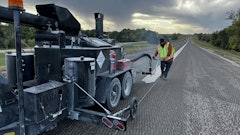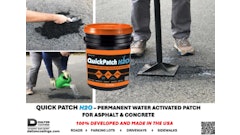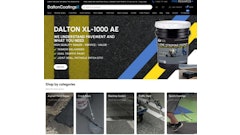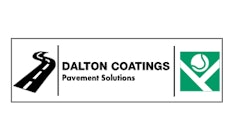Driver performance is the critical component for companies to maintain a favorable safety record in addition to a profitable bottom line. The cost and crashworthiness of vehicles as well as driver’s safety habits directly affect the cost of auto insurance. Consider these startling statistics on the impact of driver performance:
Fatalities: According to the National Highway Traffic Safety Administration (NHTSA), 35,092 people died in motor vehicle crashes in 2015, up 7.2% from 32,744 in 2014.
Injuries: In 2015, an estimated 2.44 million people were injured in motor vehicle crashes.
Work-related: In 2014, crashes involving vehicles on public roadways accounted for 23% of work-related fatalities.
Costs of Crashes: According to the NHTSA, the economic cost of motor vehicle crashes totaled $277 billion in 2010 (Property damage $76.2 billion, lost productivity $70.2 billion, medical costs $34.9 billion). Quality of life valuations from crashes added $594 billion to the cost, bringing the total to $871 billion.
Distracted Driving: The NHTSA shows that 3,477 people died in distraction-affected crashes in 2015, up 8.8% from 3,197 in 2014, accounting for 10% of all fatal crashes, 18% of injury crashes and 16% of all motor vehicle crashes.
Speeding: According to the NHTSA, speeding was a contributing factor in 28% of all traffic fatalities in 2014 and 9,557 lives were lost in 2015 due to speeding-related accidents.
Alcohol (Substance Abuse): In 2015, 10,265 people were killed in alcohol-impaired driving fatalities, 29% of all motor vehicle traffic fatalities.
Fatigue: A 2014 Traffic Safety Foundation study found that 3% of drivers report having fallen asleep behind the wheel at some point in their lives. An estimated 21% of fatal crashes, 13% of crashes resulting in severe injury and 6% of all crashes, involve a drowsy driver.
So as a business owner, what should you do?
Your operators are charged with the responsibility of safeguarding themselves, the lives and property of others not to mention your own property. Therefore they should be provided all the tools necessary to help mitigate any incidents, including:
- Proper and extensive training specific to job functions (with refresher classes)
- Properly maintained and safe vehicles/equipment (formal vehicle maintenance program)
- Written safety program (including cell phone policy, drug testing, accident procedures, shift work procedures)
- Use of GPS and Drive Cam Systems (critical driver management devices)
We hope that this article provides you with valuable insight with regards to effective driver management and that your business, its employees and customers benefit from effective safety programs.
Happy and Safe Sweeping!!!
Scott Cerosky, writing for NAPSA, is with Crum & Forster Insurance.


![Lee Boy Facility 2025 17 Use[16]](https://img.forconstructionpros.com/mindful/acbm/workspaces/default/uploads/2025/09/leeboy-facility-2025-17-use16.AbONDzEzbV.jpg?auto=format%2Ccompress&fit=crop&h=100&q=70&w=100)


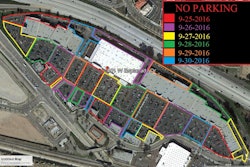
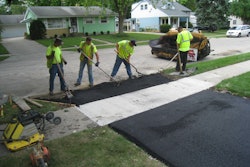

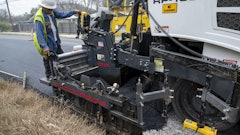

![Lee Boy Facility 2025 17 Use[16]](https://img.forconstructionpros.com/mindful/acbm/workspaces/default/uploads/2025/09/leeboy-facility-2025-17-use16.AbONDzEzbV.jpg?ar=16%3A9&auto=format%2Ccompress&fit=crop&h=135&q=70&w=240)

